Cephalopods, including octopuses, squid, and cuttlefish, are some of the most fascinating creatures in our oceans. These intelligent invertebrates have evolved remarkable abilities that often leave scientists and nature lovers alike in awe. From changing colours in the blink of an eye to solving complex puzzles, cephalopods continue to surprise us with their incredible skills. Their unique adaptations have helped them thrive in diverse marine environments for millions of years. Let’s explore some of their most extraordinary abilities that seem to border on the realm of science fiction.
Colour-Changing Camouflage
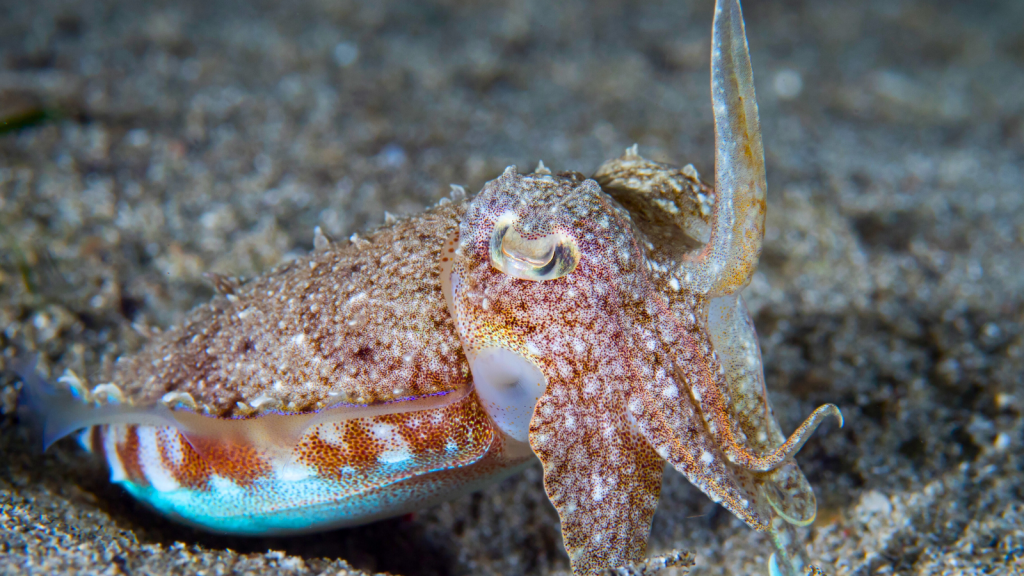
Cephalopods can change their skin colour and texture in milliseconds. This remarkable ability allows them to blend seamlessly with their surroundings, making them nearly invisible to predators and prey alike. They achieve this feat using specialised cells called chromatophores, which contain pigments that can be expanded or contracted to create different patterns and hues. The speed and precision of this colour change are unparalleled in the animal kingdom, with some species capable of producing up to 50 different colour variations.
Shape-Shifting Skills
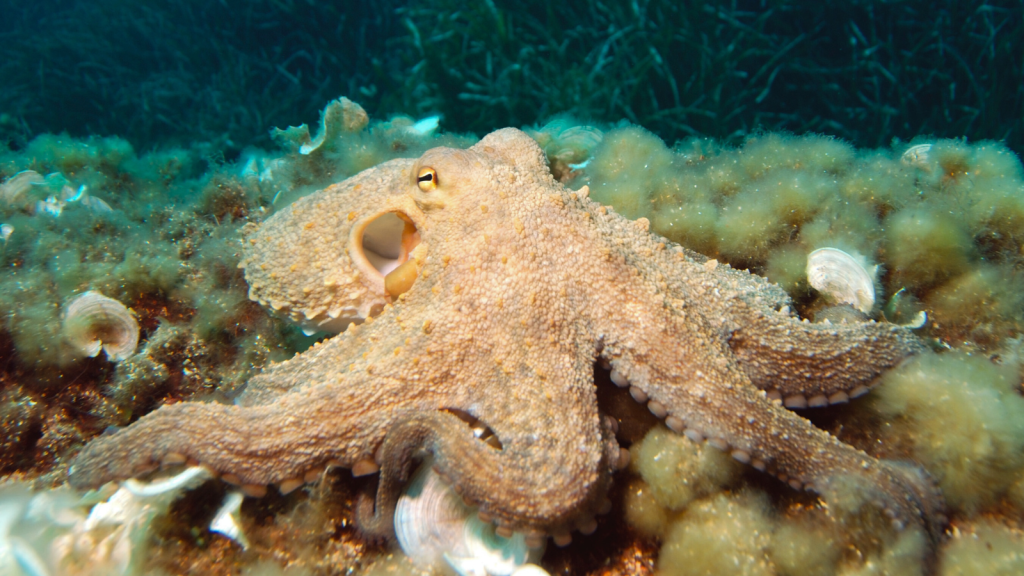
These marine marvels can alter their body shape to mimic other sea creatures or objects. Octopuses, in particular, can contort their bodies to resemble rocks, coral, or even other animals like lionfish or sea snakes. This incredible shape-shifting ability helps them avoid predators and surprise unsuspecting prey. The mimic octopus takes this skill to the extreme, able to impersonate up to 15 different species, including flatfish, lionfish, and sea snakes.
Regenerating Lost Limbs
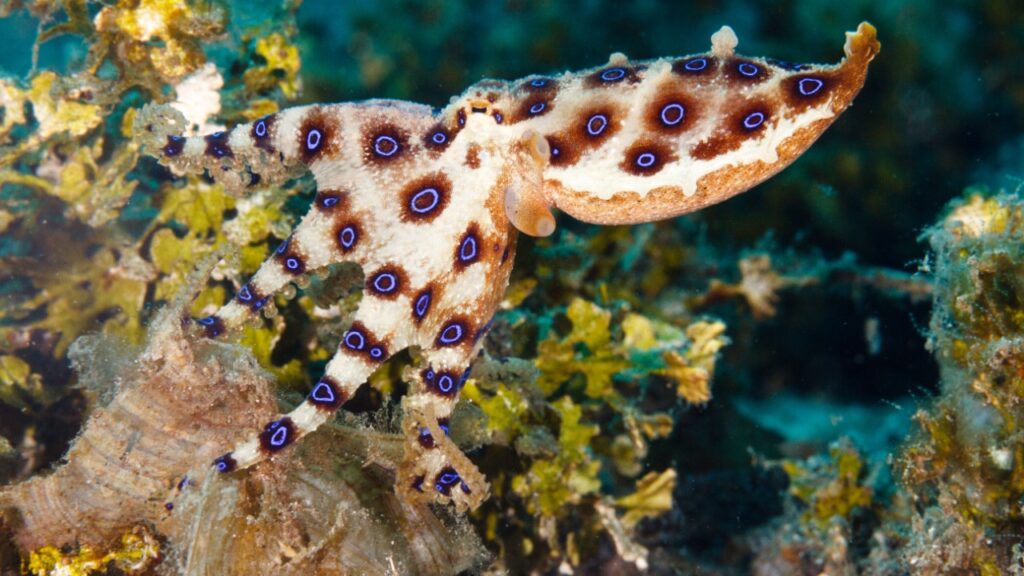
Some cephalopods, especially octopuses, can regrow lost arms. This regenerative ability is particularly useful when they need to escape from predators by detaching a limb. The lost arm will eventually grow back, often with all its original functions intact. This process can take several months, but it provides a significant survival advantage, allowing the animal to recover from injuries that would be fatal to many other species.
Distributed Brain Power
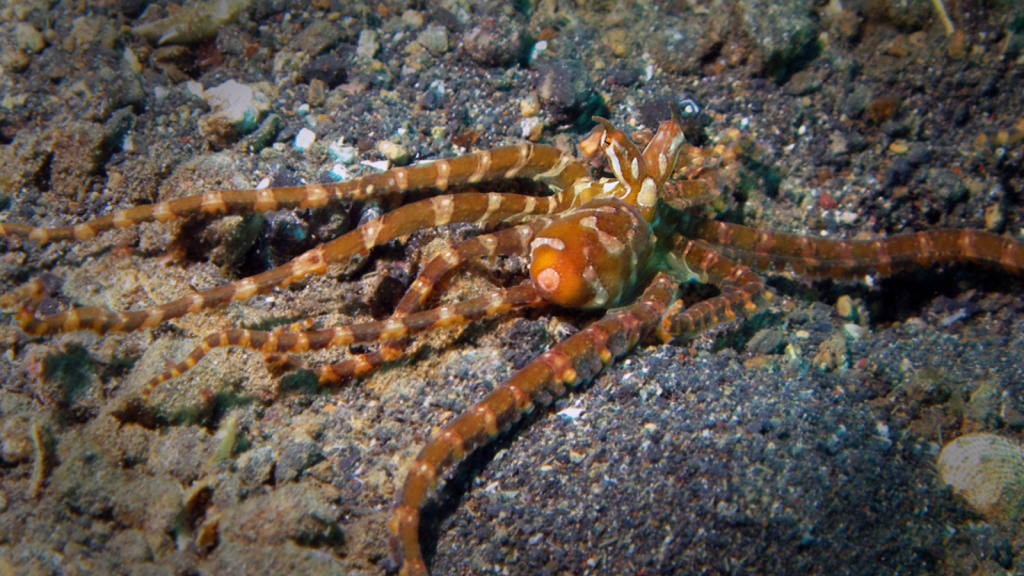
Cephalopods have a unique nervous system where a significant portion of their neurons are located in their arms. This distributed intelligence allows their limbs to act somewhat independently, solving problems and reacting to stimuli even when detached from the main body. In octopuses, about two-thirds of their neurons are found in their arms, giving each limb a remarkable degree of autonomy.
Ink Cloud Defence

When threatened, many cephalopods can release a cloud of ink to confuse and distract predators. This ink isn’t just a visual smokescreen; it also contains chemicals that can irritate a predator’s sense of smell and taste, giving the cephalopod time to escape. Some species can even shape their ink clouds to resemble their own bodies, creating a decoy that further confuses attackers.
Light Manipulation
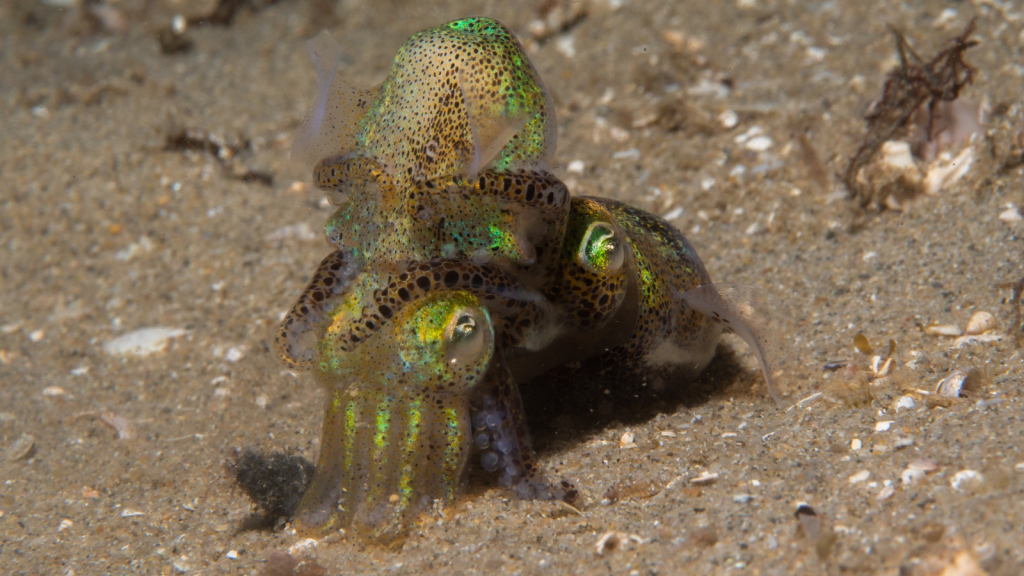
Some deep-sea cephalopods can produce and control bioluminescent light. They use this ability for communication, attracting prey, and confusing predators. Some species can even use different colours of light to create complex patterns or signals. The Hawaiian bobtail squid takes this a step further, housing bioluminescent bacteria in a special light organ to camouflage itself against the moonlit sky when viewed from below.
Tool Use
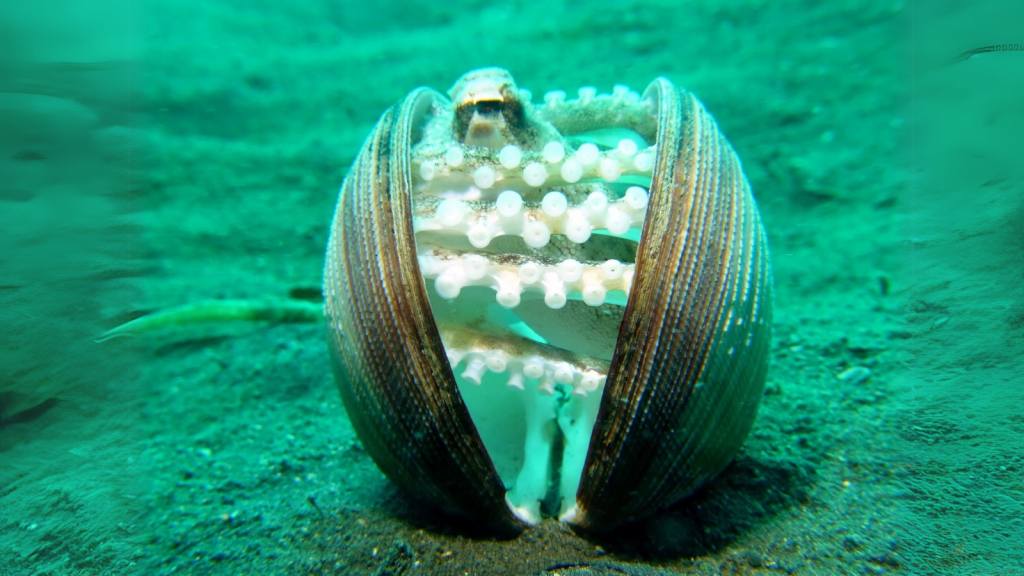
Octopuses have been observed using tools, a behaviour once thought to be exclusive to humans and a few other mammals. They’ve been seen carrying coconut shells to use as portable shelters or using rocks to crack open shellfish. In captivity, octopuses have been known to use jets of water to manipulate objects or even turn off lights that annoy them.
Problem-Solving Skills
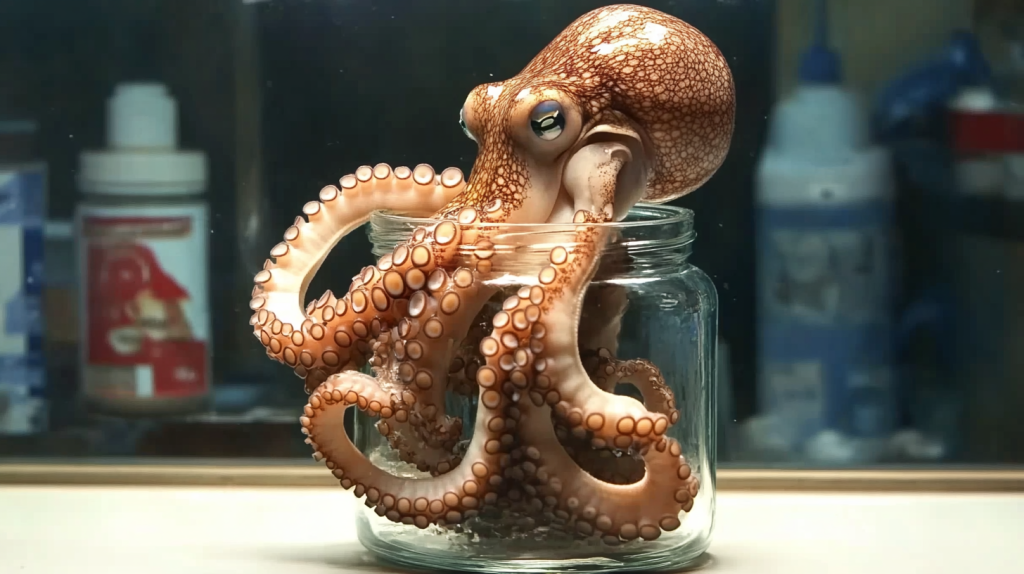
Cephalopods, especially octopuses, display remarkable problem-solving abilities. They can figure out how to open jars, navigate mazes, and even learn by observing others. This high level of intelligence is unusual for invertebrates. Experiments have shown that octopuses can remember solutions to problems for months and can solve puzzles as quickly as some mammals.
Venomous Bite
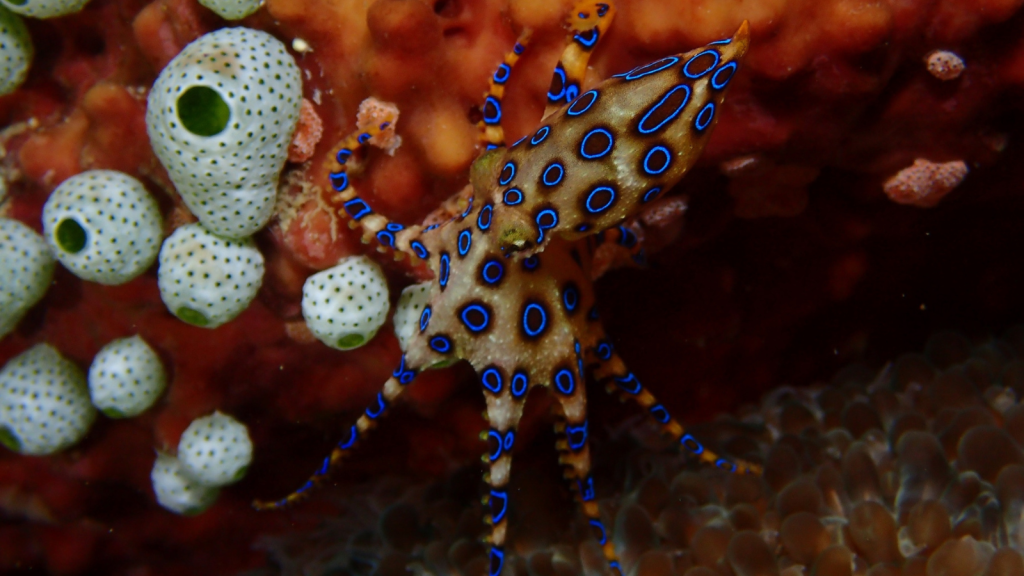
The blue-ringed octopus, despite its small size, carries a potent venom that can paralyse and kill much larger animals, including humans. This venom, produced by bacteria in the octopus’s salivary glands, is a powerful neurotoxin. The venom, called tetrodotoxin, is 1,000 times more powerful than cyanide and can cause paralysis within minutes.
Jet Propulsion
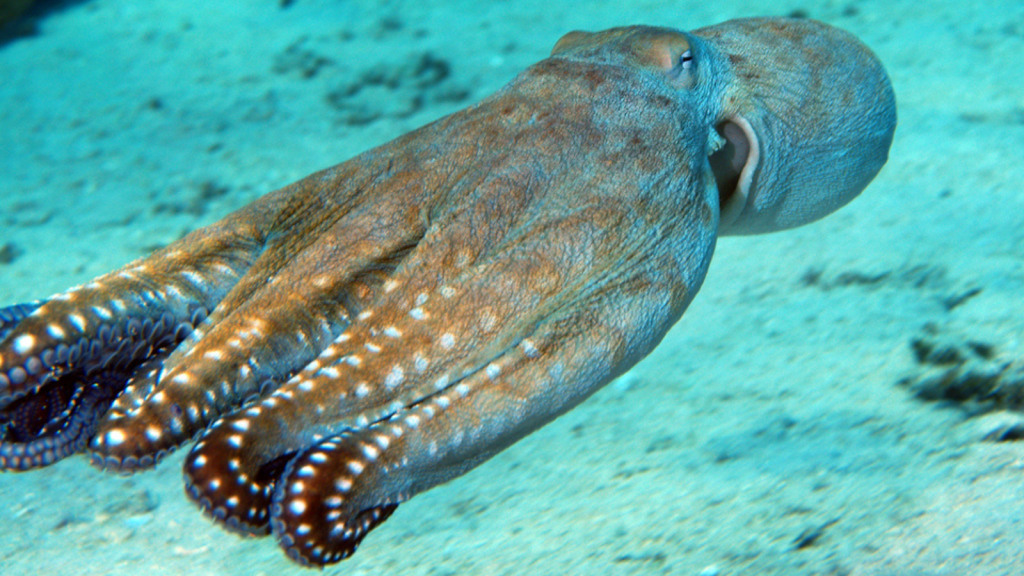
Cephalopods can move quickly through water using jet propulsion. By forcefully expelling water from their mantle cavity, they can zoom away from danger or towards prey at impressive speeds. Some squid species can reach speeds of up to 40 km/h (25 mph) for short bursts, making them some of the fastest marine invertebrates.
Polarised Vision
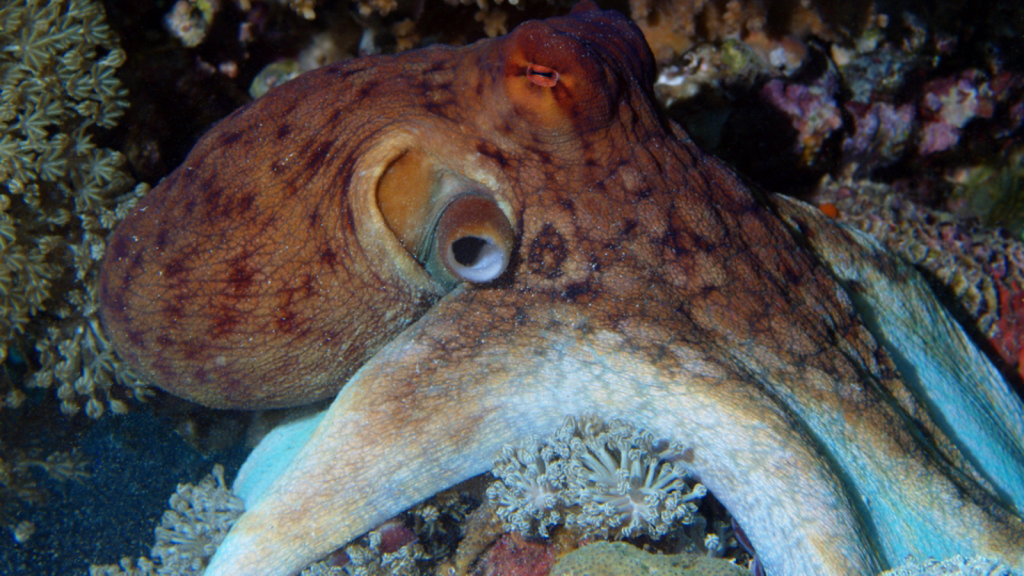
Some cephalopods can see polarised light, an ability that humans lack without special equipment. This enhanced vision helps them detect otherwise invisible prey and possibly aids in navigation and communication. This ability allows them to see contrasts in their environment that are invisible to most other animals, giving them a significant advantage in hunting and avoiding predators.
Electroreception

Certain cephalopod species may have the ability to sense electrical fields produced by other animals. This electroreception could help them locate prey or navigate in murky waters where visibility is poor. While this ability is still being studied in cephalopods, it’s well-documented in sharks and some fish species, suggesting it could be a valuable adaptation for marine life.
Stealth Communication

Some cephalopods can communicate with each other using patterns on their skin without alerting nearby predators. This silent, visual language allows them to coordinate hunting or warn of danger without making a sound. The Caribbean reef squid, for example, can display different patterns on each side of its body, potentially communicating different messages to different individuals simultaneously.
Becky is a fervent wildlife enthusiast and pet care expert with a diploma in canine nutrition. Her love for animals stretches beyond the domestic, embracing the wild tapestry of global fauna. With over a decade of experience in animal welfare, Becky lends her expertise to OutlandishOwl through insightful articles, captivating wildlife information, and invaluable guidance on pet nutrition. Her work embodies a deep commitment to understanding the intricate lives of animals and a passion for educating others on sustaining natural habitats. Becky's hands-on conservation efforts and her knack for translating complex dietary science into practical pet feeding tips make her an indispensable voice for creatures great and small.




